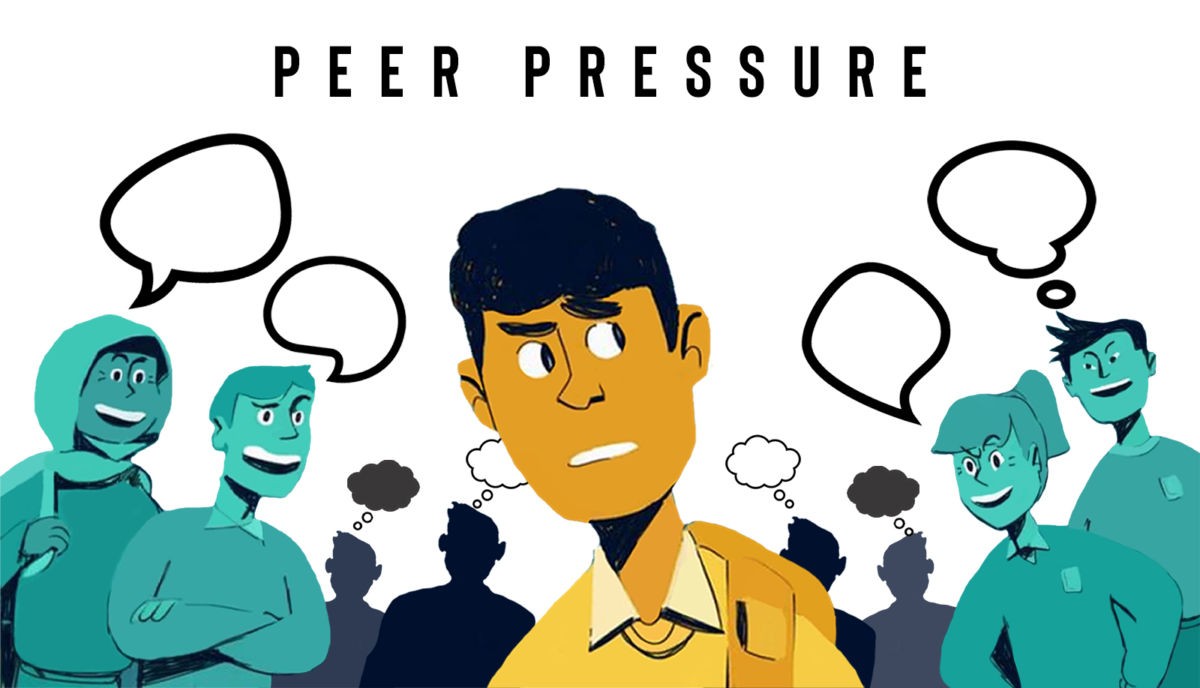
Peer Pressure Unveiled
Peer pressure is like the silent DJ at the schoolyard dance, constantly spinning tracks that make us question our choices. It’s the social force that nudges us to conform to the norms and values of our peers. While not inherently bad, it’s the misuse of this power that can lead students astray.
During the school year, students are exposed to a multitude of situations where peer pressure can rear its persuasive head. Whether it’s the urge to skip class, experiment with drugs or alcohol, or make unwise academic choices, the psychological mechanics are the same – a desire to fit in and avoid the dreaded ‘outsider’ status.
The Psychology at Play
To understand peer pressure, we need to tap into some psychological goodies. For starters, there’s the fundamental need for belonging, a drive hardwired into our DNA. We’re social creatures, and the idea of being cast out from the tribe is akin to a slow psychological death. This need for acceptance can override our better judgment when we’re under the spell of peer pressure.
Then there’s the cognitive dissonance angle. When our actions don’t align with our beliefs or values, our brains get a little uncomfortable. To alleviate this dissonance, we may conform to our peer group’s actions, even if deep down, we know it’s not the right path.
How to Be a Peer Pressure Jedi
Now, let’s arm you with some Jedi-level strategies to resist negative peer influences:
- Self-awareness is your lightsaber: Encourage your child (or yourself) to reflect on their values and personal boundaries. Knowing what’s important to them makes it easier to stand firm when peer pressure strikes.
- The art of assertiveness: Teach the art of saying ‘no’ with confidence. Role-play scenarios where they can practice assertive responses to peer pressure, so they’re ready when the real deal hits.
- Choose your squad wisely: Surround yourself with friends who support your goals and values. It’s easier to resist peer pressure when your social circle aligns with your principles.
- Embrace ‘Plan B’: Encourage your child to have an exit strategy. Whether it’s a prearranged text message or a trusted adult they can call, having an escape plan can help them gracefully exit a pressure-filled situation.
- Know the red flags: Educate students and parents about the red flags of negative peer pressure, such as drastic changes in behavior, withdrawal from family and positive friends, or secretive behavior.
Peer Support for the Win
As we embark on a new school year, it’s vital to remember that peer pressure doesn’t always have to be negative. In fact, the right kind of peer support can be an incredible force for good.
Encourage students to form study groups or clubs with like-minded peers who share their academic goals. Surrounding themselves with friends who are also motivated to succeed can be a powerful motivator.
Additionally, parents can foster a culture of open communication at home. Encourage your child to share their experiences, both positive and negative. When they know they can talk to you without judgment, they’re more likely to seek your advice and guidance when facing peer pressure.
In conclusion, peer pressure is a psychological puzzle that we all must solve, especially during the school year. Understanding its mechanics and equipping ourselves with the right tools to resist negative influences is essential. But let’s not forget the beauty of positive peer support – it’s a force that can propel students to new heights. As we step into this school year, let’s strive for a perfect blend of independence, resilience, and camaraderie, turning the peer pressure paradox into a positive catalyst for growth and success.

